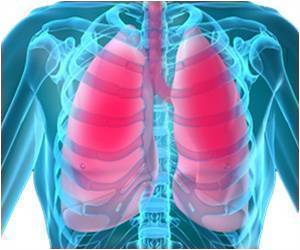
‘Selexipag, an oral medication has been approved by the U.S Food and Drug Administration for treating Pulmonary Arterial Hypertension (PAH).
’
Tweet it Now
Selexipag targets a well-known disease pathway that opens blood vessels to the lungs and improves heart function and is easier to use than PH treatments delivered with infusions or injections. It was approved by the U.S. Food and Drug Administration this week, setting the course for it to be available for patients in January."For more than two decades we've targeted the prostacyclin pathway to induce vasodilation in these blood vessels in the lung," said senior study author Vallerie McLaughlin, director of the University of Michigan Pulmonary Hypertension Program.
"But because of the cumbersome nature of treatment, patients would often wait until late stages to begin therapy. Having an oral medication to attack the disease pathway will be a major advancement because less ill patients will be willing to begin this therapy," McLaughlin said.
Selexipag demonstrated effectiveness while its most frequent adverse events were headache, diarrhea, nausea, muscle pain and joint pain. The side effects were considered consistent with prostacyclin therapy.
Pulmonary hypertension, which is high blood pressure in the loop of blood vessels connecting the heart and lungs, can make everyday activities exhausting. It often leads to life-threatening heart failure as the heart works harder to pump blood to the lungs.
Advertisement
While a rare disease, research of causes and treatment of pulmonary hypertension is growing. The GRIPHON study is a standout because of its size and scope, enrolling 1,156 patients with pulmonary hypertension from 181 centers from 39 countries in North and South America, Europe, Asia-Pacific and Africa.
Advertisement
Source-Newswise















